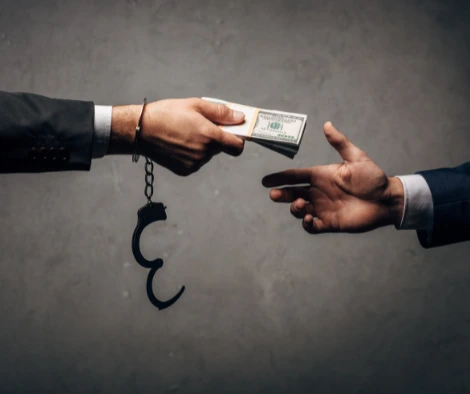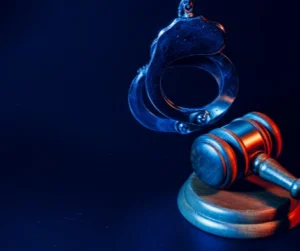

Understanding Plea Bargain Strategies
Imagine you’re playing a high-stakes game of chess. Every move counts, and sometimes, sacrificing a piece can help you win in the long run. A plea bargain operates on a similar principle. It’s a strategic decision where a defendant agrees to plead guilty in exchange for a lesser charge or reduced sentence.
Plea bargains are common in the U.S. criminal justice system, with over 90% of criminal cases being resolved through this process, according to the Bureau of Justice Statistics. They help defendants avoid lengthy trials while allowing prosecutors to manage caseloads efficiently. However, knowing when to accept a plea deal requires careful consideration and strategic planning.
Defense attorneys weigh multiple factors before advising their clients on plea deals. These include the strength of the prosecution’s evidence, the potential consequences of going to trial, and the likelihood of achieving a more favorable outcome through negotiation.
A Key Benefit of Plea Bargains
One of the main reasons defendants accept plea deals is sentencing reduction. Instead of facing the maximum penalty for an offense, a negotiated plea often results in a lighter sentence. For example, a defendant facing felony charges might plead guilty to a misdemeanor, avoiding a lengthy prison term.
Judges generally approve plea agreements but still retain discretion in sentencing. Factors like prior convictions, the severity of the crime, and the defendant’s cooperation with authorities can influence the outcome. Research from the National Association of Criminal Defense Lawyers indicates that plea deals can reduce sentences by 30% to 50%, making them a valuable option for defendants looking to minimize legal consequences.
A Step-by-Step Breakdown
The plea bargaining process follows a structured negotiation between the prosecution and defense. Here’s how it typically unfolds:
- Case Evaluation: The defense reviews the charges, available evidence, and the likelihood of conviction.
- Negotiation Phase: Prosecutors and defense attorneys discuss possible plea agreements.
- Defendant’s Decision: The defendant, with legal guidance, decides whether to accept or reject the offer.
- Court Approval: If a plea is accepted, the agreement is presented to the judge for approval.
- Sentencing: The court finalizes the sentence based on the plea deal.
Case Study: How Plea Bargain Strategies Shaped a Verdict
Consider the case of Michael, who was charged with aggravated assault after a bar fight. The prosecution had strong evidence, including eyewitnesses and security footage. If convicted at trial, Michael faced up to 10 years in prison.
Michael’s attorney negotiated a plea deal, emphasizing his clean record and willingness to undergo anger management therapy. The prosecution agreed to reduce the charge to misdemeanor assault, resulting in probation instead of prison time. This case highlights how plea bargain strategies can significantly alter the outcome of a case.
Frequently Asked Questions (FAQs)
- What is a plea bargain? A plea bargain is an agreement where a defendant pleads guilty in exchange for reduced charges or a lighter sentence.
- How do plea bargains lead to sentencing reduction? Plea bargains often involve lesser charges or recommended sentences, which can lead to reduced penalties compared to trial convictions.
- Can a judge reject a plea bargain? Yes, judges have the authority to reject plea deals if they find them unjust or inappropriate.
- Are plea bargains available for all crimes? Not always. Serious crimes like violent felonies may have limited plea bargain opportunities.
- What are the risks of accepting a plea deal? Defendants waive their right to a trial, and the guilty plea remains on their record, which can impact future legal and employment opportunities.



